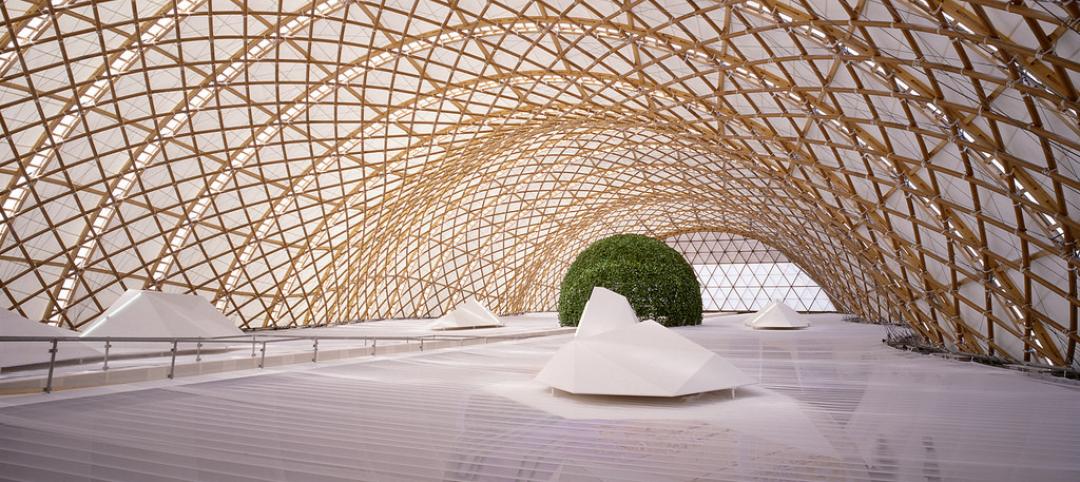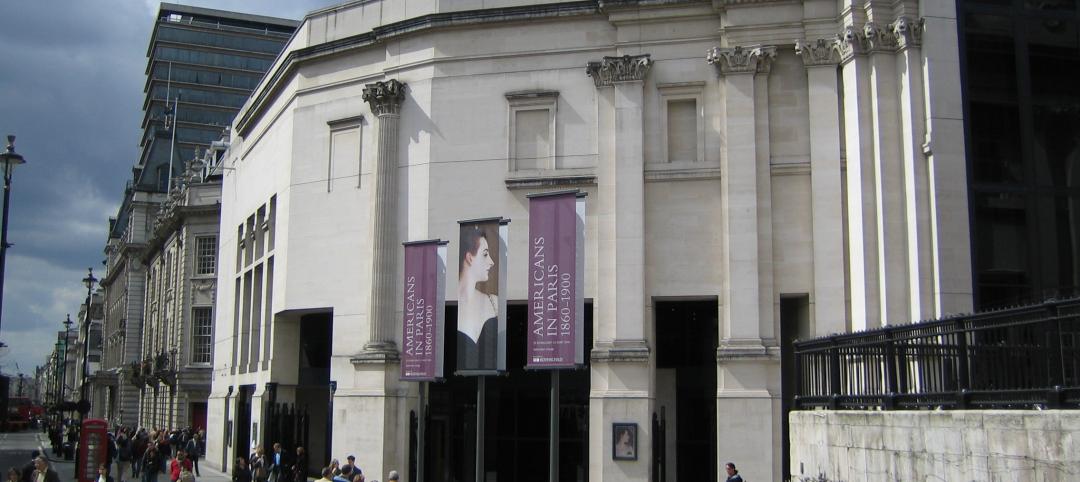As part of the Obama Administration's all-of-the-above approach to American energy, the Energy Department recently congratulated Ball State University for its campus-wide ground-source geothermal system, the nation's largest geothermal heating and cooling system.
Building on significant investment from the State of Indiana and the University, the Energy Department provided key support for the project with a $5 million grant through the American Recovery and Reinvestment Act. The Ball State system—which the university anticipates will save $2 million annually in operating costs and cut its carbon footprint by nearly 50%—is one Energy Department investment helping to reduce energy costs, diversify the nation's energy portfolio, and create clean energy jobs across the country.
Launched in 2009, Ball State's geothermal system will replace four aging coal-fired boilers to provide renewable power that will heat and cool 47 university buildings, representing 5.5-million-sf on the 660-acre campus.
To provide heating, the geothermal heat pump removes the heat from the fluid in the Earth and transfers it to the building. For cooling, the pump removes heat from the building and transfers it back into the Earth. Nearly every component of the Recovery Act-supported system was manufactured in America, and Ball State has contracted with more than 50 Indiana firms to complete the project, which included drilling 3,600 boreholes around campus.
Buildings consume about 40% of total energy in the U.S. The Energy Department's support for projects like the Ball State geothermal system underscores the Administration's commitment to clean, efficient energy solutions that can create significant costs savings. The innovative geothermal system highlighted today demonstrates the tremendous potential of sustainable energy technologies, and serves as a model for other major facilities and universities across the nation. BD+C
Related Stories
Architects | Dec 14, 2015
Date named for announcement of 2016 Laureate of the Pritzker Architecture Prize
The Laureate will be named the morning of January 13.
Architects | Dec 9, 2015
Architecture firms Cooper Carry and The Johnson Studio merge
The combination is expected to bolster each firm’s hospitality-related services.
Industry Research | Dec 8, 2015
AEC leaders say the 'talent wars' are heating up: BD+C exclusive survey
A new survey from Building Design+Construction shows that U.S. architecture, engineering, and construction firms are being stymied by the shortage of experienced design and construction professionals and project managers.
Architects | Dec 4, 2015
Denise Scott Brown and Robert Venturi win 2016 AIA Gold Medal Award
The husband and wife architect team—founders of VSBA Architects and Planners—are the award's first joint winners.
Architects | Dec 3, 2015
LMN Architects wins 2016 AIA Architecture Firm Award
The firm is known for projects like Vancouver Convention Centre West and the University of Washington’s Foster School of Business.
Greenbuild Report | Dec 1, 2015
Data centers turn to alternative power sources, new heat controls and UPS systems
Data centers account for 2% of the nation’s electricity consumption and about 30% of the power used annually by the economy’s information and communications technology sector, according to the National Renewable Energy Laboratory.
Greenbuild Report | Nov 30, 2015
10 megatrends shaping the future of green building
Increased competition among green building rating systems, the rise of net-zero buildings, and a sharper focus on existing structures are among the trends that will drive sustainability through 2020, according to author and green building expert Jerry Yudelson.
Contractors | Nov 24, 2015
FMI survey: Millennials in construction get a bad rap, tend to be loyal, hard-working
While the stigma exists that Millennials are entitled, disloyal, and lazy, it appears that this is not true, according to a new report from FMI.
Cultural Facilities | Nov 23, 2015
BIG plans for Pittsburgh: Bjarke Ingels’ Lower Hill District master plan evokes hilly topography
Paths will be carved to create a dialogue between Pittsburgh’s urbanscape and its hilly surroundings.
Architects | Nov 23, 2015
Dewberry acquires Houston’s Wilson Architectural Group
Now known as Dewberry | Wilson, the firm will have access to more MEP, technology design, site/civil, and land development capabilities.
















